Biodiversity: New plans aim to protect and restore England's wildlife
- Published
- comments
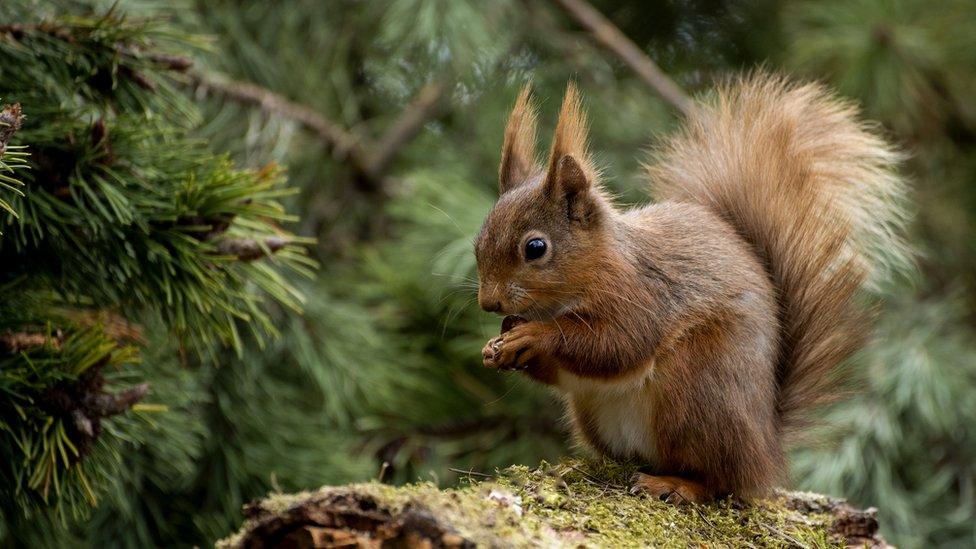
The numbers of red squirrels in England reduced dramatically when the grey squirrel was introduced to the UK
A new plan has been announced to protect and restore England's wildlife over the next five years.
In 2018, the government promised to leave the environment in a better state for future generations - that's you!
Key animals and plants have been in decline since the 1970s and environmental experts say we need to be doing more to prevent it from happening.
Let's take a look at the plans and how it's hoped they will help.
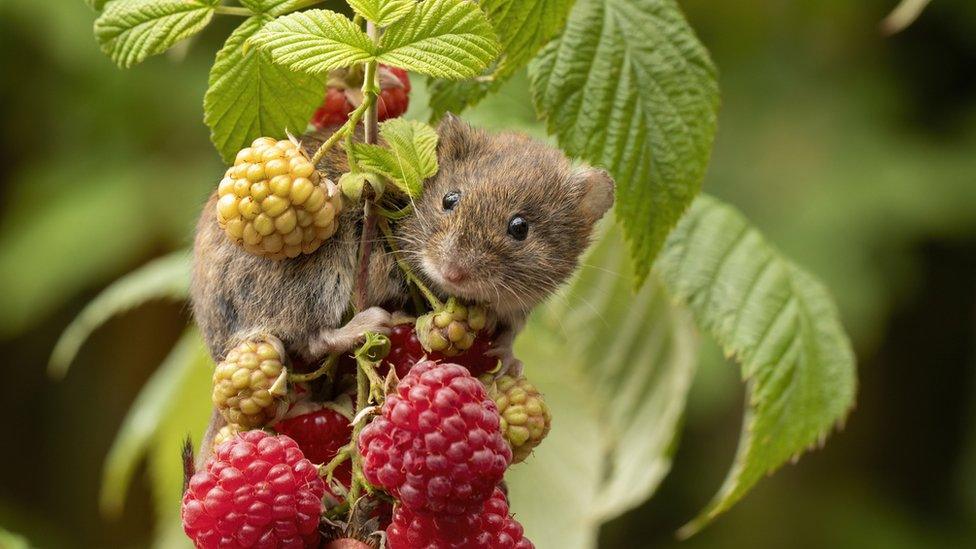
The bank vole lives in places like gardens, hedgerows, woodland and parks
The plans set out how the government will try to clean up the air and water, boost nature and reduce waste over the next five years in England.
The government hope that under the plans, everyone will live within 15 minutes' walk of a green space or water, there'll be more habitat for wildlife and rarer animals like hedgehogs and red squirrels will be protected.
Creating and restoring at least 2,000 square miles of new wildlife habitats
Ensuring everyone in England lives within a 15-minute walk of woodlands, wetlands, parks and rivers
Restoring 400 miles of England's rivers
New targets for 2028 for reducing plastic, glass, metal, paper and food waste
A promise to put environmental protection at the heart of all new government policy.
New targets for reversing the decline of rarer wildlife like hedgehogs, red squirrels and water voles by 2030
Improving sewage works
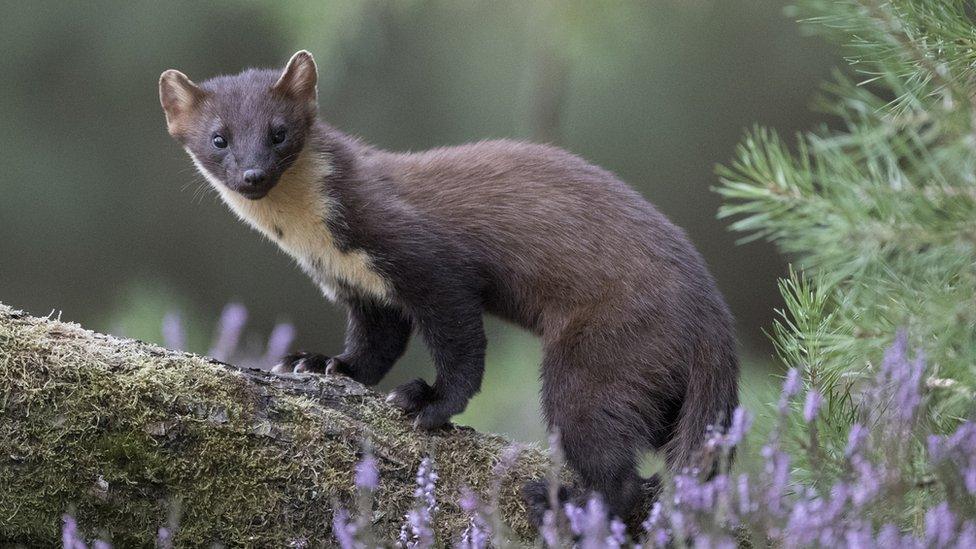
The pine marten is a small mammal that is found in woodland and one of Britain's rarest carnivores
The latest figures show the numbers of England's key animals and plants have gone down by 82% between 1970 and 2018.
By 2030, the government says they plan to reverse the decline of animals like hedgehogs, red squirrels and water voles by 2030.
There has already been some success with projects to reintroduce and grow populations of animals that used to be found all across the UK.
For example, conservationists - people who preserve the environment and wildlife - have been calling for more protection for the pine marten, whose numbers had declined dramatically thanks to deforestation and hunting.
There were only a small number left in Scotland but they've now been reintroduced to an area in Wales and in Gloucestershire and are thriving!
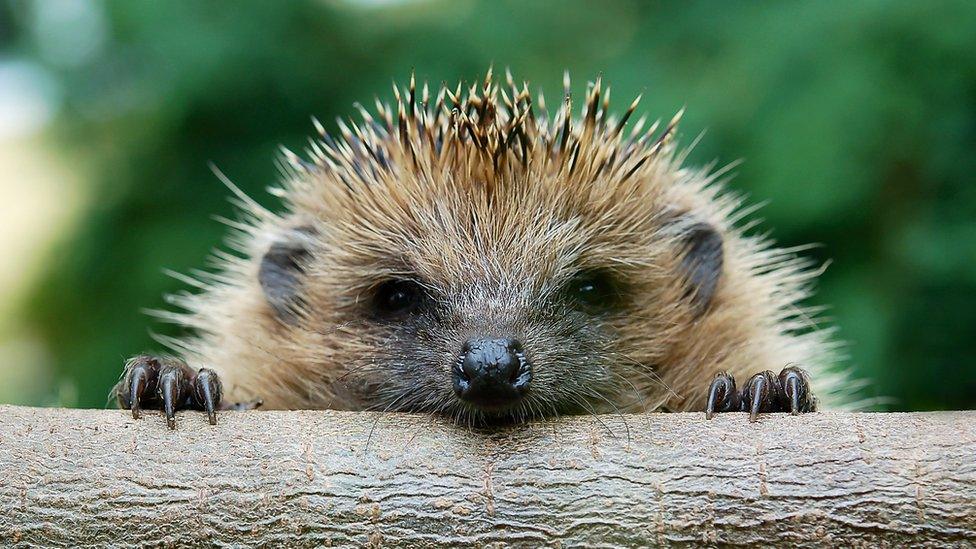
Although hedgehogs are still quite a common sight, their numbers have been continuing to decline over the past few years
Environmental charities say they are hoping the plans will result in important changes to how we protect the world around us.
Environment Secretary, Therese Coffey, said: "Nature is vital for our survival, crucial to our food security, clean air, and clean water as well as health and wellbeing benefits."
Chief executive of the Wildlife Trust, Craig Bennett, said the plans must make sure that "the whole of government is acting to halt the chronic loss of nature and tackle this existential threat to our prosperity, our ability to produce food, and to have enough clean water".
The charity added the plans must deliver "a huge shift in action and ambition".
Richard Benwell, chief executive of Wildlife and Countryside Link, said the plans should be "a biodiversity to-do list for every minister in government".
- Published17 January 2023
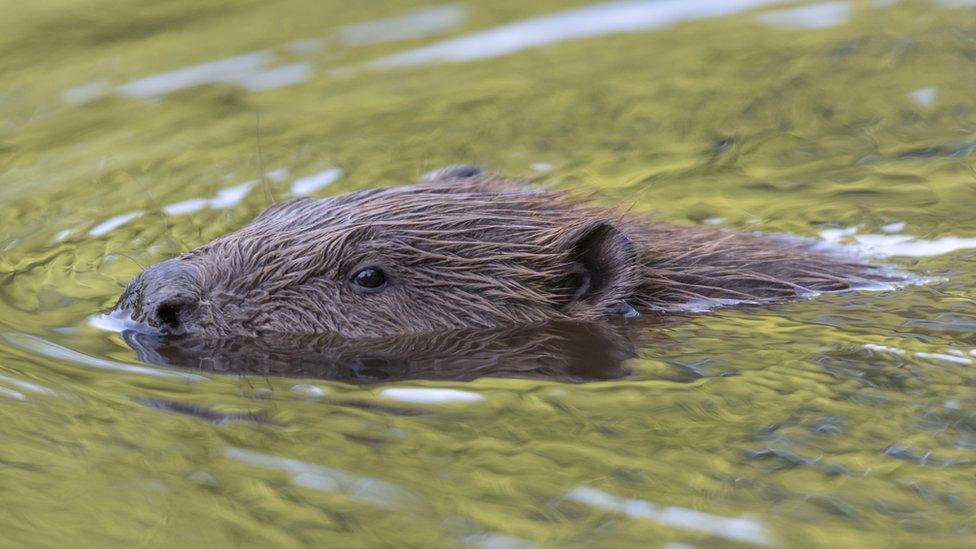
- Published16 December 2022
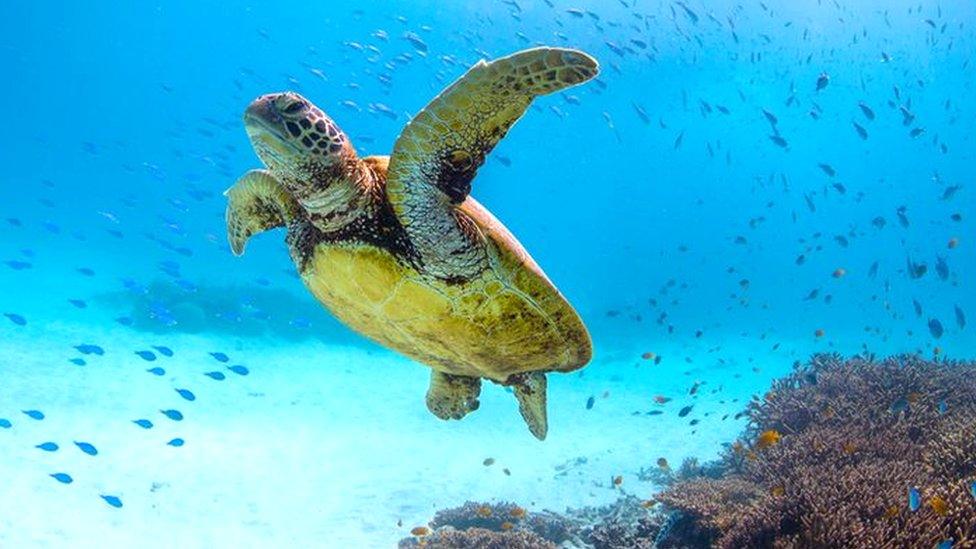
- Published15 December 2022

